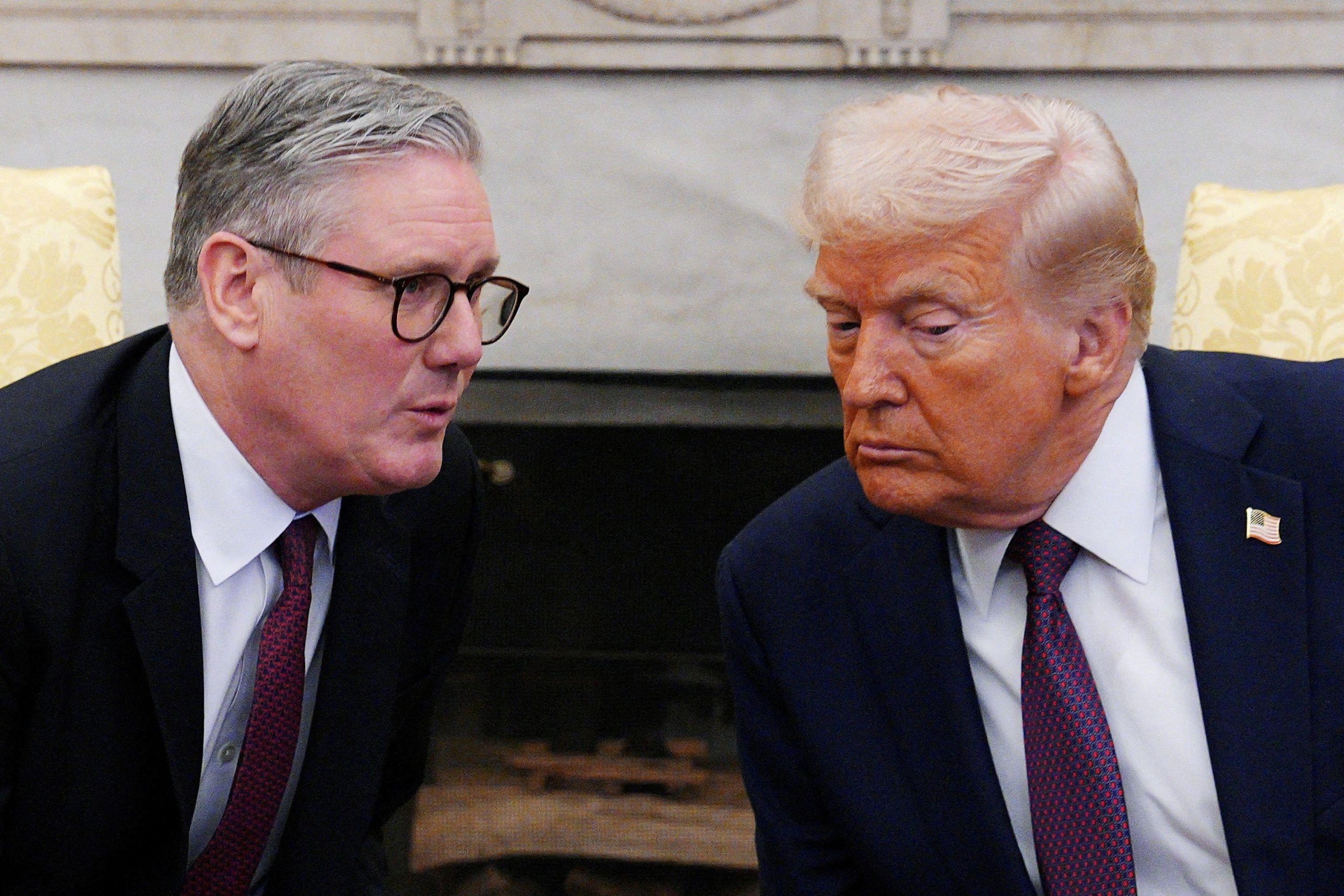The significant diplomatic achievement is that this allows the UK to pursue a comprehensive EU agreement covering aspects like food standards.
From an economic standpoint, this US agreement is comparatively modest, yet it holds significant importance for particular industries.
It reverses some of the trade harm caused by Trump’s initial announcement, particularly affecting the automobile sector. A source informed me that changing the rate from 27.5% to 10% would essentially save UK car exporters more than £1 billion, mitigating what had been described as an “existential threat” to the industry.
Although no longer critical, the issue still causes significant distress. The specifics of the quota system remain vague, particularly regarding its treatment of components from abroad such as Chinese-made batteries, and it caps at 100,000 vehicles. For instance, when JLR debuted their highly anticipated new Jaguar model in the U.S., they aimed to increase sales figures beyond this limit.
On the contrary, the agreement also addresses agricultural access for the U.S., such as quotas for beef imports. Additionally, several aspects were missing from the discussion. No progress was made regarding the digital services tax or on reducing tariffs for American vehicles.
The most significant aspect of this situation is that the 10% reciprocal tariff remains intact, despite the UK importing substantially more goods from the US than vice versa. This indicates that the tariff is non-negotiable for all parties involved and might lead to broader implications.
The presentation by Commerce Secretary Howard Lutnick at the White House seemed to indicate a somewhat lopsided deal, wherein the UK proposed providing the United States with “unparalleled access” as a means to rescue its automobile sector.
The United States increased tariffs on the UK from 3.4% to 10%, whereas the UK reduced its tariffs by about 67% from 5.1% down to 1.8%. This situation doesn’t appear particularly reciprocal.
However, this point is crucial. The United Kingdom and the United States interpret these figures quite differently.
From an American viewpoint, tripling the tariffs acts as a levy on foreign entities, generating additional funds for the U.S. Treasury. However, from a British standpoint, these increased duties function as a charge on local buyers, thereby fueling inflation; thus, reducing their level is beneficial per se.
At the Bank of England, the absence of counteraction and the acceptance of redirected products from Asia are factors contributing to a more moderate rise in inflation. This has allowed for today’s interest rate reduction, with further cuts expected.
Governor Andrew Bailey informed me that he hopes this agreement will signify the beginning of numerous deals aimed at easing global trade tensions.
The true victory might lie in how this tariff pact keeps the U.S. contented while still paving the way for a comprehensive agreement with the European Union.
This has the potential to become far more economically important for the UK – its biggest trading partner. By keeping UK food standards intact and avoiding practices like importing hormone-treated beef or chlorine-washed chicken, a comprehensive food and agricultural trade agreement with the EU akin to Switzerland’s is very likely within the coming two weeks. Such an arrangement could significantly reduce bureaucratic hurdles for major exporters on both sides after Brexit.
Thus, you get an overarching view of an expanding economy, characterized by robust trade ties with the US, EU, India, and shortly with the Gulf region as well, alongside interest rate reductions.
The government aims to portray the UK as a bastion of trade and political stability amidst a chaotic global landscape, following years of upheaval. This stands in stark contrast to the recession-driven pessimism observed earlier in the year, and it could potentially succeed.


Leave a Reply